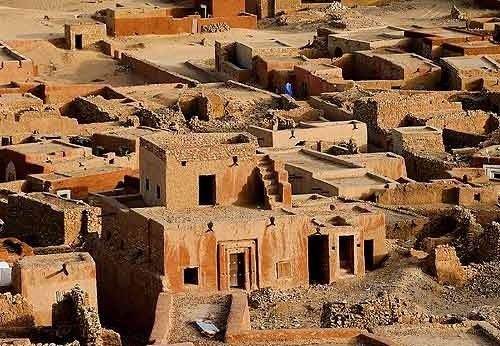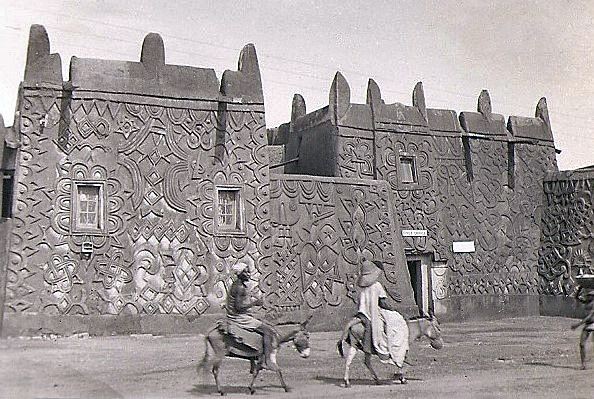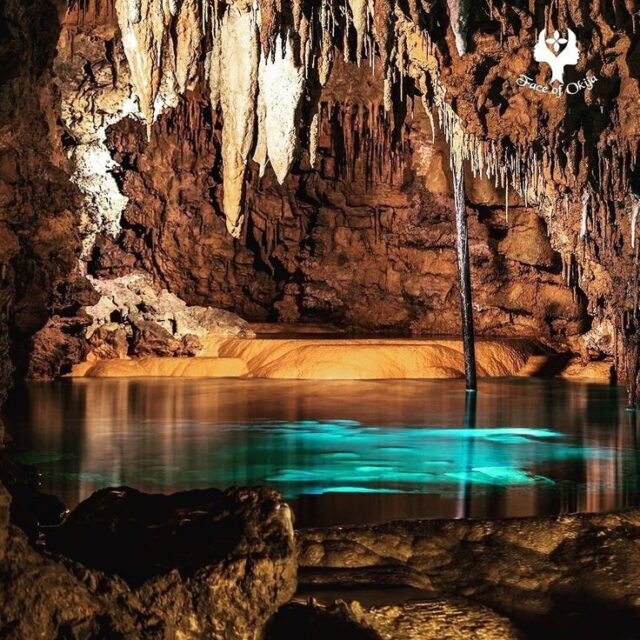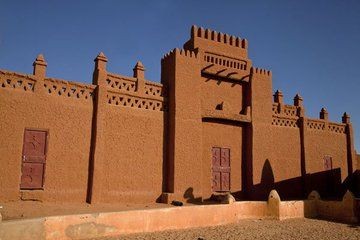Nigeria is a country with a rich cultural heritage dating back thousands of years ago, and several sites across the country showcase this in earnest.
We have picked out some of the most intriguing cultural monuments in Nigeria and have outlined what makes them so special. So, sit back and get ready for a tour of some of Nigeria’s cultural treasures!
1. The Ancient Nok Settlement

Home to one of the oldest civilisations in West Africa, the ancient Nok settlement is located in Jaba Local Government Area in Southern Kaduna, Nigeria. It was in its remains that Bernard Fagg, a British archaeologist, unearthed the famous terracotta figurines, one of the oldest in Africa.
The Nok culture existed from around 500 B.C.E. to 200 C.E. when the people of the culture mysteriously vanished.
Many tourists visit to explore the remains of these talented people, who were one of Africa’s first civilisations. A popular attraction is the government museum, which displays unique terracotta carvings and antique objects in casings, providing visitors with an insight into the rich cultural heritage of the region.
2. Zuma Rock

Commonly referred to as ‘The Gateway to Abuja’, Zuma Rock is located on the road from Abuja to Kaduna and is quite impossible to miss.
Standing at an impressive height of approximately 300 meters (980 feet) above its surroundings, this rock served as a defensive retreat for the Gbayi people during inter-tribal wars, protecting them against invading neighboring tribes.
The tallest monolith in Nigeria, this massive rock surpasses the heights of both Aso Rock and Olumo Rock combined. The fact that this majestic monolith is featured on the ₦1000 note is a testament to its cultural significance and prominence in Nigeria’s heritage. It serves as a symbol of grandeur and holds a special place in the country’s history and culture.
3. The Kano Walls

The Kano Walls are a series of ancient defensive walls surrounding the city of Kano in Northern Nigeria. Constructed in the 14th century, these structures were built as a defensive measure against invading forces, serving as a means of protection.
The walls, made of clay and stretching for approximately 14 kilometers, are a testament to the skill and ingenuity of the builders who constructed them, as well as to the strategic importance of the city of Kano throughout history.
Visitors to the walls can see the various gates, towers, and bastions that are still standing today and imagine what life was like for the people who lived and worked within the walls.
4. The Osun-Osogbo Grove

The Osun-Osogbo Grove is a sacred forest located in Osogbo, Osun State, Nigeria, and is home to a series of shrines, sculptures, and artworks dedicated to the worship of the Yoruba goddess, Osun.
Declared a UNESCO World Heritage Site in 2005, the grove is recognised as one of the last remaining sacred forests in Nigeria. It holds significant cultural and ecological importance, and its preservation is esteemed for its historical and spiritual significance. Many tourists visit the grove to take part in traditional ceremonies, explore the forest’s many sculptures and artworks, and learn about the culture and traditions of the Yoruba people.
It is also home to a yearly festival in August, which attracts visitors from all over the world.
5. The Ogbunike Caves

The Ogbunike Caves are a network of interconnected limestone caves located in Anambra State, Nigeria, and have been used for centuries by the natives of the area.
The caves are believed to have been discovered in the 15th century and are considered a sacred site by the local community. Visitors come to explore the caves and see various formations such as stalactites and stalagmites.
The caves are also home to several underground streams and pools, making them a popular spot for swimming and picnicking, and they also have historical significance as a site where slaves once hid during the transatlantic slave trade.
There you have it. Some of the most famous sites in Nigeria and definite must-visits on any trip to the lovely country.
But don’t take it from us. Explore the wonders of Nigeria firsthand and be captivated by the country’s beauty by visiting these sites.
Also Read: Exploring The FCT














